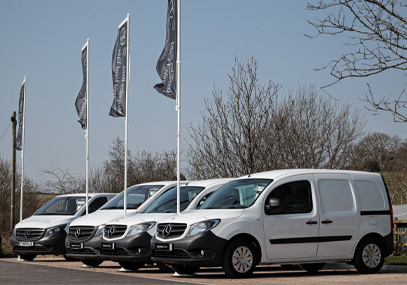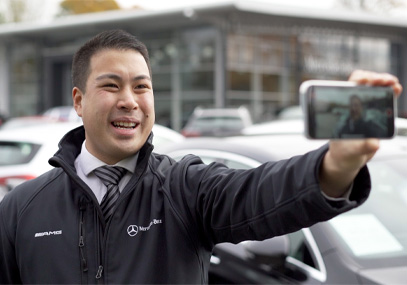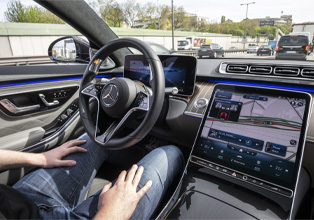We use cookies to make your experience better. To comply with the new e-Privacy directive, we need to ask for your consent to set the cookies. Learn more.
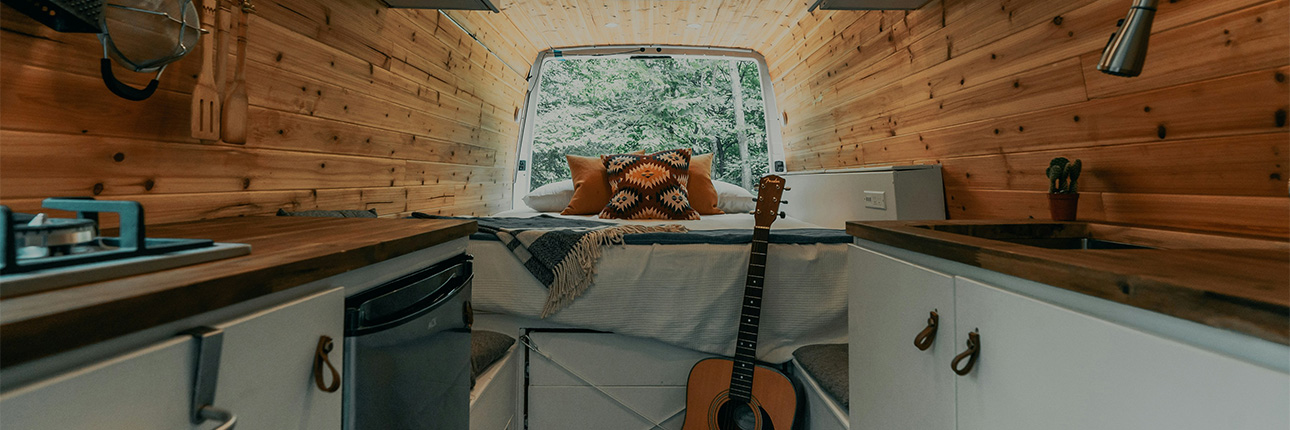
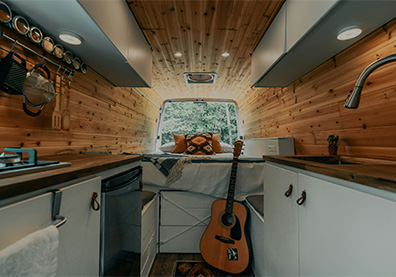
Van Conversions for UK Staycations
Staycations are steadily becoming a popular holiday choice, especially with so much of our country's beauty being in the South West. During our Sustainable Road Trip Series we traveled through Somerset, Exeter, Plymouth and Cornwall, and saw a few of the fantastic sights and attractions the South West has to offer. And one of the best ways to see it all is by converting Mercedes-Benz vans into holiday homes on wheels.
Here's how you experience your own little piece of van life.
UK van conversions surge
The once-tiny cottage industry of van conversions has been one of the few winners of the pandemic era, with ravenous demand and long backorders for almost all of the popular models. Keen adventurers and those wanting to avoid soaring holiday accommodation prices have kitted out their vans with kitchens, beds, sofas, and solar panels so they can travel at their own pace and holiday in style.
According to the Driver and Vehicle Licensing Agency (DVLA), the number of people applying to re-register their vans as living spaces has lept by almost two-thirds in just two years, and there’s no sign of the van conversion boom ending any time soon.
Campervan conversion tips
1. Set your budget
If you don’t have a van already, then the first step is to set a budget and shop around for a good quality secondhand van. Buying a secondhand van and converting it is a good deal cheaper than buying a ready-made campervan, but it’s important to set a budget to keep your costs in check.
Even simple conversions are likely to cost around £5,000, while more complex features could easily cost £10,000 or more. That’s something to consider when choosing the right van.
2. Think about space
The main consideration here is the number of people you’ll be travelling with and how long you’ll be away for at a time. Each occupant must legally have a proper seat fitted with an M1-tested seat belt, and although side-facing seats aren’t illegal, forward-facing seats are safer.
You should also think about whether you’ll want to drive the van when you’re camping in it. If you will, then a smaller day van might be a better fit. A popular choice for those looking for a good-sized campervan is the Mercedes-Benz Sprinter. It has the power to carry the weight added by the new features as well as high roof and long-wheelbase models that are perfect for conversions. Despite being quite a large van, the Sprinter is also relatively narrow. That makes it more manoeuvrable and easier to drive, particularly when navigating down country lanes.
The Mercedes-Benz Vito is another ideal choice for a camper conversion. Its smaller size makes it a more practical everyday vehicle that offers a car-like driving experience. It also has driver and passenger airbags as standard on all models and the option of Lane Keeping Assist, which is a great feature on longer journeys. Take a look at our range of Mercedes-Benz vans.
3. Decide on the features
One of the best things about creating your own campervan is that you can choose exactly what goes in it. A bed, something to cook on, a table and some seating should be considered essential. But from that point on, it’s completely up to you. A shower and a toilet are a good idea if you want to embrace some off-grid living.
However, if you’re going to be staying on campsites, then that’s space that could be better used for other things, such as storage. Renewable energy systems like solar panels are popular and a 240-volt electrical hook-up is vital if you don’t want to rely on the campervan’s battery power.
4. Choose the right layout
You could choose to design a custom layout for your van, or more simply, you could benefit from the plans of campervans that have come before. There are lots of pre-designed layouts available online for most of the popular vans. Here are some campervan layout examples and a guide to help you design your own.
5. Balance ventilation and insulation
You’re going to need both ventilation and insulation to enjoy a comfortable stay in your camper. If you’re converting a panel van, then fitting some windows or a skylight should be one of your first considerations.
You’ll also want a ventilation system to remove heat and water vapour. Sufficient insulation is also a must, particularly given the changeable weather and cold nights. Adding rubber matting for sound deadening followed by insulation and then a vapour barrier will help to create a private and comfortable space.
6. Electricity and gas installation
This is a job that’s best left to the professionals. Although you can legally undertake your own gas work on a campervan if you do not intend to hire it out, it is not advisable. If you do choose to do it yourself, then always have it checked by a Gas Safe registered engineer.
7. Re-register your van
This might sound like unnecessary admin but there are real benefits to be gained by re-registering your van with the DVLA to change its classification from a ‘van’ to a ‘motor caravan’. That includes cheaper insurance, low-cost MOTs and higher speed limits.
Our Mercedes-Benz vans combine affordability and peace of mind with outstanding safety features and cutting-edge infotainment. That’s everything you need for your next staycation. Now you just have to choose where to go.
To find out more information about our Approved Used vans, get in touch.

